All about small sorrel

Small sorrel is a perennial herb. It is found everywhere in the Northern Hemisphere in temperate and subtropical climates. Components obtained from sorrel are often included in dietary supplements, vitamins and healthy teas. The plant is used in oriental medicine as an antiseptic or diuretic, the rhizome is used for infusions. But small sorrel is hardly suitable for salads because of its size and taste. The culture is undemanding in care, capable of self-sowing propagation, it is very easy to grow it. Sorrel often infests the garden area like a weed.
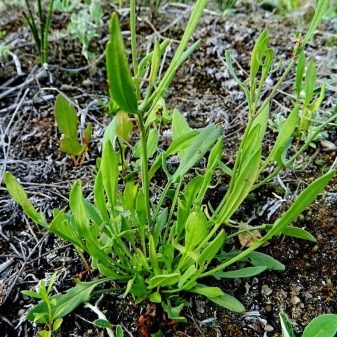
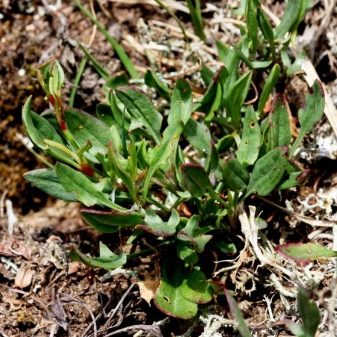
Description
Small sorrel (passerine) is a perennial plant from the buckwheat family, with a stem height of 15 to 50 cm. The leaves have a varied shape, they are oblong at the petiole, and the upper ones are erect, whole-edged, spear-shaped. Leaves and stems contain oxalic and other acids. This is the smallest representative of the species (as the name implies). The leaves of passerine sorrel are smaller than those of common sour sorrel, and the shape of the leaves is different. The leaves barely reach 3 cm in length, and only about 1 cm in width. It is very difficult to collect them. In addition, their taste is more bitter than sour. Sorrel is very rarely used for food. Its leaves contain large amounts of oxalic acid, which can be poisonous. For livestock feed, the plant is also not very suitable because of the acid it contains. There are cases when cows were poisoned by these young small plants.
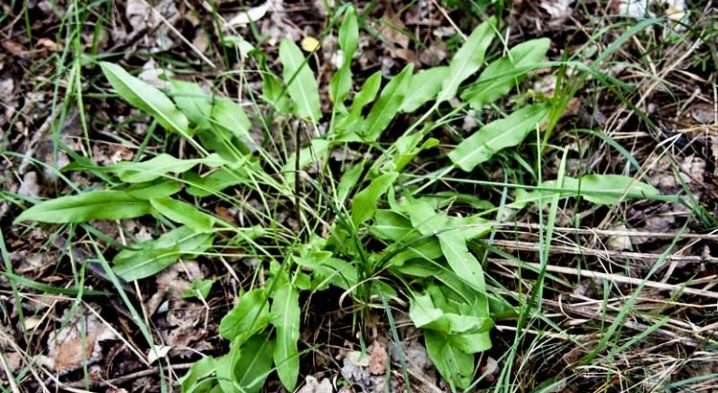
In folk medicine, leaves are used as an antiseptic, applying them to the site of a cut or suppuration. An infusion of leaves is used to gargle, and can also be used to wipe skin with rashes. Sorrel infusion helps to cope with itchy skin in case of an allergic reaction.
In the first year, the plant forms only leaves, and in the second it blooms. The flowers of the plant are small, together they form a kind of panicles. During flowering, a lot of oxalic acid accumulates in the petiole leaves, they should not be eaten. At this time, they acquire a reddish tint. The stems are erect, and the rhizome is creeping. Sorrel is a dioecious plant, flowers of different sexes are formed on different plants. Male flowers are greenish, while female flowers are yellowish. Small sorrel reproduces both by seeds and vegetatively (from the buds on the roots).

Mature plants grow up to 40-50 cm in height, and the root system can consist of several large rods and many shoots. 2-3 stems with leaves can come out of one root bud. And on the lateral processes, new plants are quickly formed, so the sorrel quickly fills a large area. Sorrel is not afraid of mowing; new young leaves are quickly formed in the place of the mown shoots.

The plant is frost-resistant, easily tolerates temperature drops to –5 ... 7 degrees. And the seeds begin to germinate in early spring (already in April), when the soil warms up to + 3 ... 5 degrees. Small sorrel begins to bloom in June and lasts all summer. Different shoots of the same plant can bloom at different times. The first fruits ripen in July - these are small oval-shaped nuts, their diameter is 1-2 mm. Only a few fruits are formed on one shoot, but due to the huge number of shoots, the number of fruits is large. Small birds like to feast on them, especially sparrows (for this small sorrel got its second name).
We can say that the small sorrel brings real benefits only to birds that feed on its seeds.
Where does it grow?
Sorrel is common on all continents (except Antarctica, of course), Europe is considered to be its homeland. It is most often found in fields among other weeds or in cereal crops. He also loves places with high humidity, for example, the banks of a river or a pond. Feels good at the edge of the forest or on the slopes of ravines, where there is a small shadow from the trees.
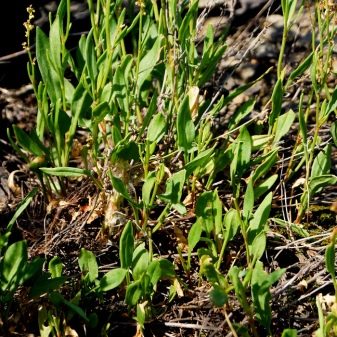
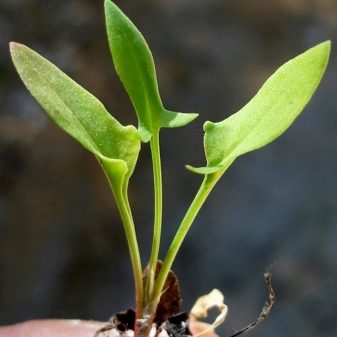
On the territory of Russia, it is found in the Caucasus, Western Siberia and the Far East. It grows less frequently in the European part. Often appears in areas with damaged soil, being a "pioneer". It is completely undemanding to the soil, tolerates increased acidity. He especially loves places near water bodies where the soil is well moistened. Drought does not tolerate well.
How to get rid of?
Small sorrel (sorrel or sheep sorrel) is a rather difficult-to-eradicate weed. It is distinguished from other species of this plant by its small size and vitality. It can be found both in fields and meadows, and in personal plots. It owes its vitality and rapid spread to the structure of the root system. The rhizome of the sorrel is long and quickly spreads to the sides. More than a dozen new shoots can grow from it. When digging a site, gardeners can damage a long rhizome and not completely remove it from the soil. Then new plants will emerge from these small pieces of roots.
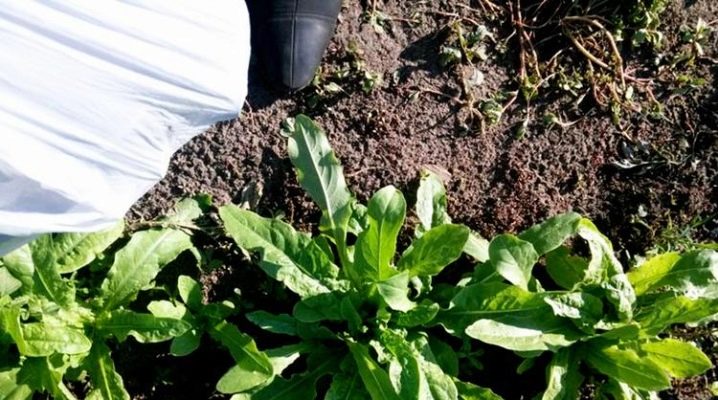
Growing up, passerine sorrel can interfere with the growth of cultivated plants. It can become an obstacle to the proper development of vegetables and flowers. Fast-growing leafy shoots thicken the beds and can cause disease or rot in the root area of flowers.
It is very difficult to fight him. For this, chemicals and agrotechnical methods are used.
-
Areas with sorrel are treated with special preparations for weed control.
-
On a personal plot, crop rotation is observed when planting vegetables and flowers.
-
When growing, strictly follow the recommendations for growing crops.
-
Dig up the soil after harvesting, removing all weeds and roots.

Sorrel is sprayed with chemicals at the beginning of growth, when the rest of the plants have not yet been planted. Spraying can be repeated during the growing season (if it does not harm the neighbors). For prevention, you can shed the beds with special solutions after harvesting. As chemicals used herbicides of the groups of aryloxyalkanecarboxylic acids, carbamates, sulfonylureas, glyphosates and other similar substances. For spillage of soil after harvest, Hurricane or Roundup is suitable. These products are very effective in controlling weeds in home gardens.

With a small area of growth, sorrel can be removed by hand or dug up. Weeding regularly will help get rid of the weed. When removing sorrel from soil, be sure to completely remove the plant's root system as well. In adult plants (3-4 years old), it is very spreading. Experienced gardeners try to remove all plants before flowering and fruit formation. If the plant has time to shed the seeds, the next year there will be even more of them.
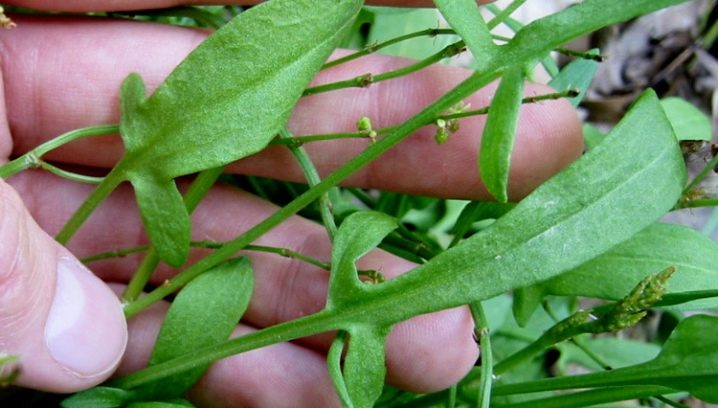
In autumn, liming of the soil is recommended. At the same time, the acidity of the soil will decrease, and the sorrel will be uncomfortable, the root system will weaken and will not give new shoots. With regular weeding, gardeners will be able to get rid of this perennial weed.











The comment was sent successfully.